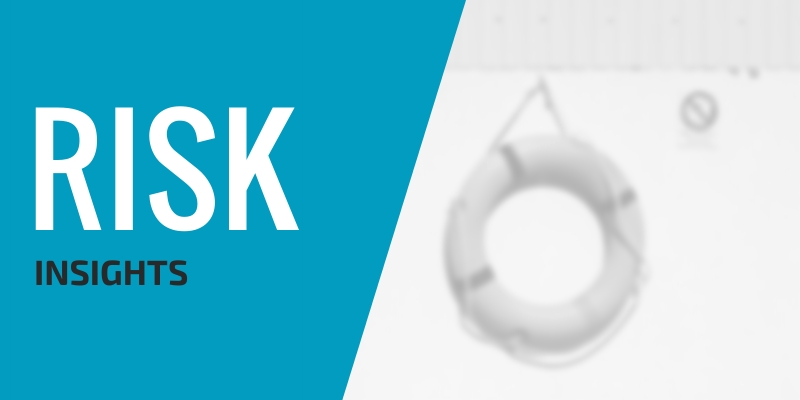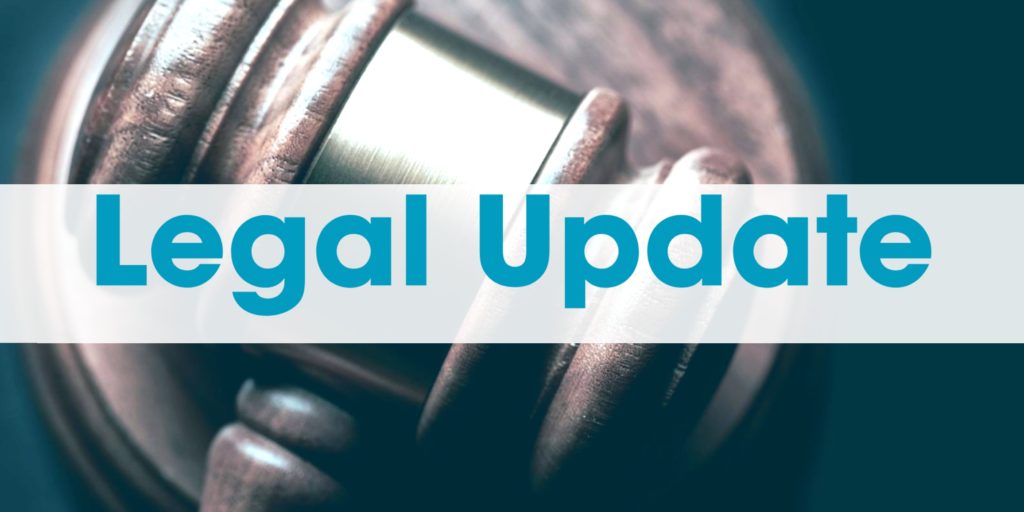20 Nov How to Understand Fall Protection Equipment Warranty Requirements

Employers that are using fall protection equipment (e.g., personal fall arrest systems, connection components or anchors) should understand the manufacturers’ warranty requirements and instructions.
Following these warranty requirements is often necessary if the business would like the manufacturer to cover the product when it is damaged or if there is a functional issue. Examples of functional issues are when the fall protection fails to protect the employee when they fall or if a component of the fall protection (e.g. webbing, harness straps or buckles) needs repair.



 The Occupational Health and Safety Administration (OSHA) has been citing establishments for violations related to COVID-19. These citations have resulted in more than $1 million in penalties since the pandemic began.
The Occupational Health and Safety Administration (OSHA) has been citing establishments for violations related to COVID-19. These citations have resulted in more than $1 million in penalties since the pandemic began.